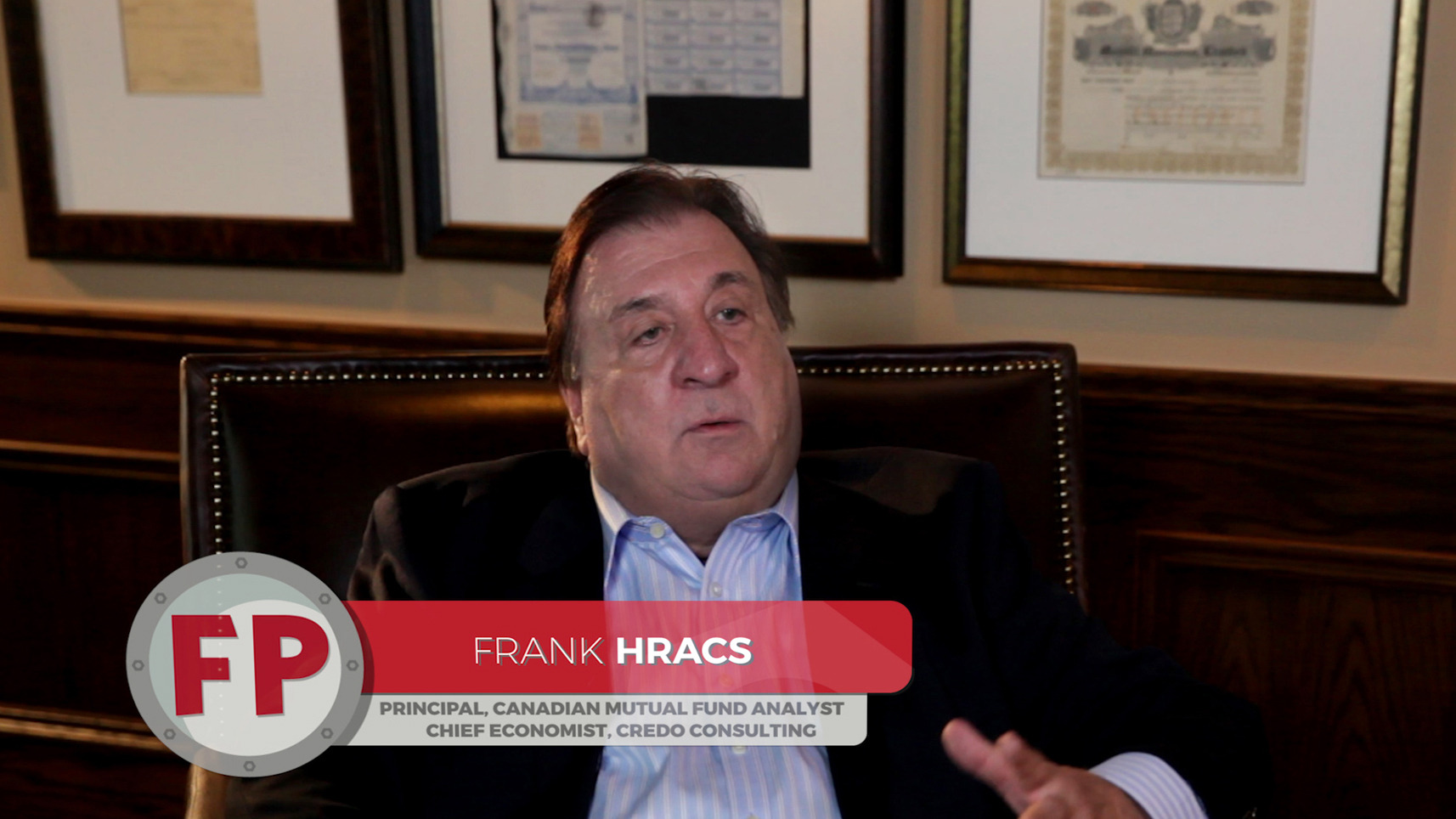Recent figures show that sales of Exchange Traded Funds (ETFs) in Canada are fast eclipsing demand for traditional mutual funds.
Figures out from Credo Consulting show that Net inflows of ETFs stood at $5.4 billion during the first quarter of 2016 versus $4.6 billion a year earlier. At the same time, the Investment Funds Institute of Canada (IFIC) reported that mutual fund net new sales (close equivalent to ETF net inflows) sustained a stunning drop of well over 50 per cent. At the same time, assets of ETFs under management in the quarter got within reaching distance of the $100 billion threshold, coming in at $95.2 billion. That is impressive enough. But as Frank Hracs, the Principal of Canadian Mutual Fund Analyst and Chief Economist at Credo Consulting told Financial Pipeline editor Malcolm Morrison, it is even more so when you consider the jump in those assets just since the 2008 financial crisis.
Malcolm: We seem to have hit a bit of a tipping point as far as sales of ETFs versus, shall we say, traditional mutual funds. And I think in the early part of this year (2016) that we had a rather interesting, call it the tipping point, where ETFs assets under management in the first quarter got within reaching distance of the $100 billion mark. Now, that’s impressive enough but could you just tell us, for example, what percentage increase this would be since 2008?
Frank: I think it’s at least a hundred percent since then and it’s sort of compounding more rapidly now. So it’s galloping along – a hundred billion is a kind of arbitrary number but it’s a nice number, it’s a good marketing number for the ETF industry and it’s just probably going to plow through that and next up is two hundred.
Malcolm: It’s really quite impressive and we just can’t help being impressed because I mean these products have really not been around for really all that long. They really only took off in the last decade or so didn’t it?
Frank: More or less and even more so the last five or six years. You’ve had some new entrants coming in from the U.S. – Vanguard for example is a big player that’s creating a lot of demand. So it’s sort of compounding and the more people get familiar with these products and the more the ETF industry has a story to tell against the mutual fund industry, then it’s kind of self-fulfilling if you will.






